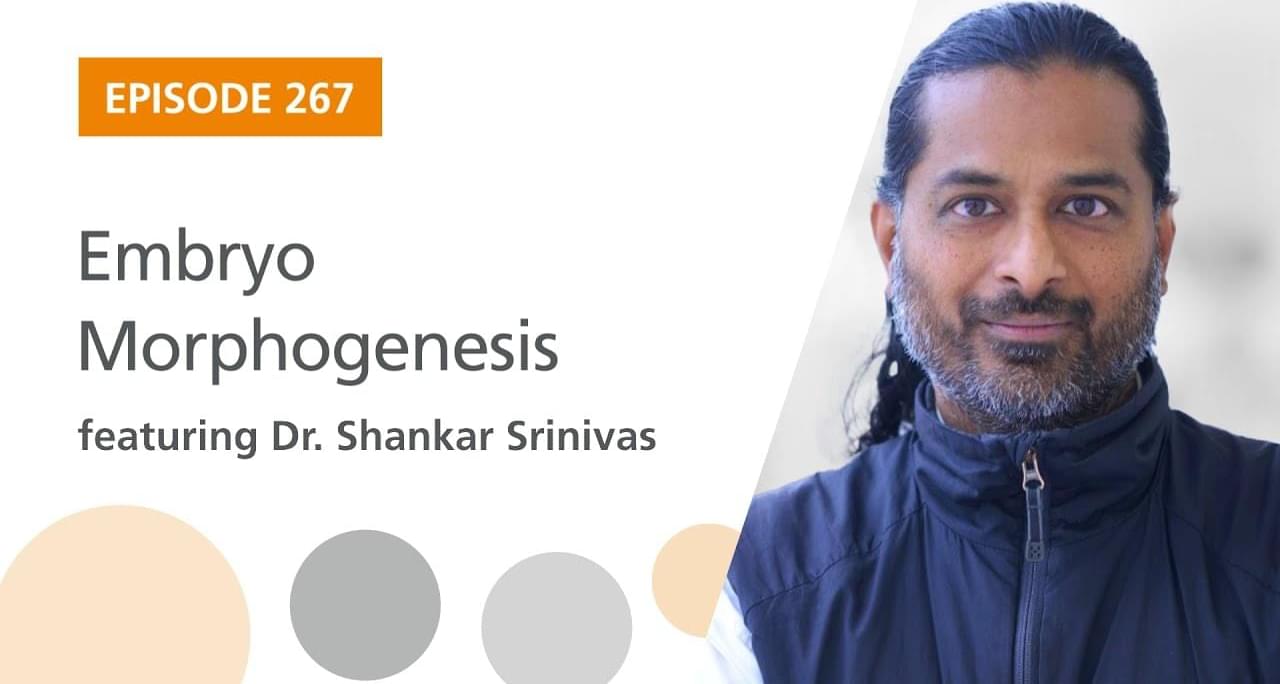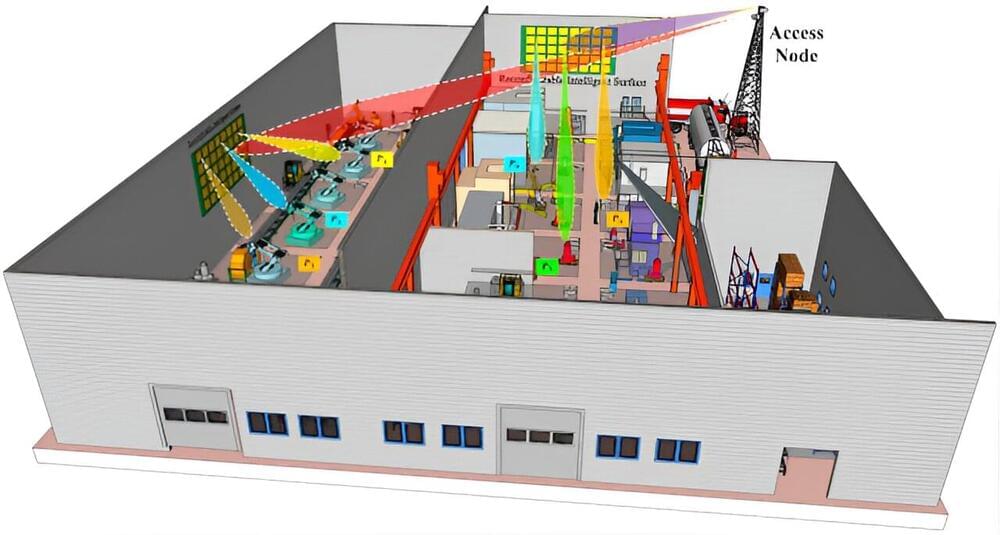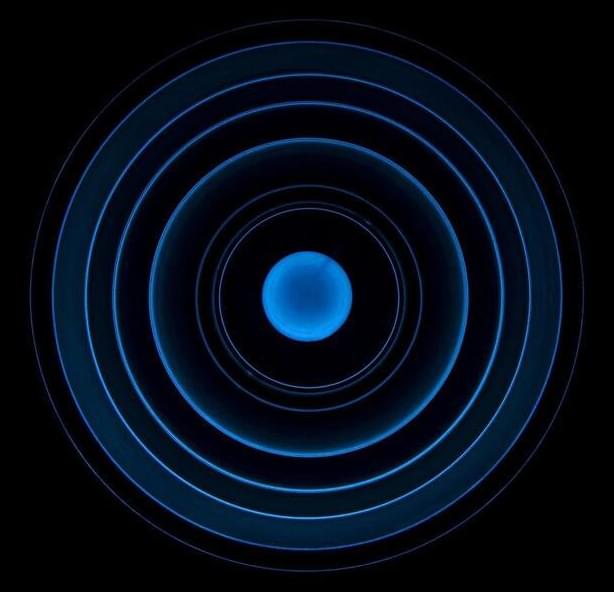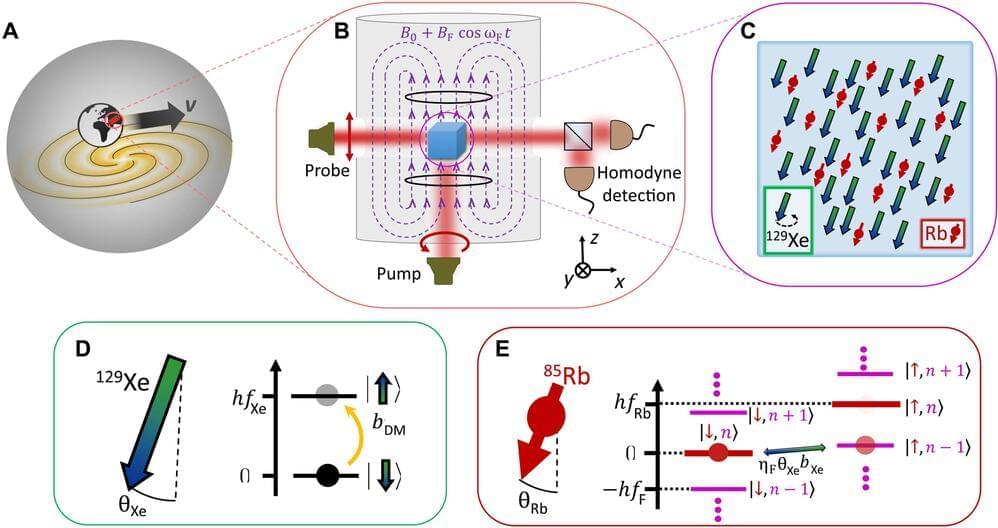Page 4
May 16, 2024
New advance in wireless communications could help precisely pinpoint the locations of people and objects
Posted by Shailesh Prasad in category: innovation
Engineers from University of Glasgow and colleagues from the U.K. and Australia are behind a research breakthrough in a developing form of wireless communications could help precisely pinpoint the locations of people and objects indoors.
May 16, 2024
Finding credible pathways to net-zero emissions: The challenge of scaling up an emerging electrification technology
Posted by Shailesh Prasad in categories: chemistry, energy, sustainability
Chemical and material engineering professor, Adnan Khan, has spent the past 15 years focusing his research on developing sustainable technologies aimed at decarbonizing our energy systems. “This is the most important challenge we face today. We owe this to our future generations,” he says.
May 16, 2024
Computer Scientists Invent an Efficient New Way to Count
Posted by Shailesh Prasad in categories: computing, information science
By making use of randomness, a team has created a simple algorithm for estimating large numbers of distinct objects in a stream of data.
May 16, 2024
Rumor: Intel Arrow Lake CPUs to Come In Either 16+8 or 6+8 Core Configurations
Posted by Shailesh Prasad in category: computing
May 16, 2024
Spoor uses AI to save birds from wind turbines
Posted by Shailesh Prasad in categories: robotics/AI, sustainability
Spur uses computer vision to help companies monitor and predict how a wind farm will impact a local bird population.
May 16, 2024
The Stem Cell Podcast
Posted by Dan Breeden in categories: biotech/medical, genetics, life extension

In episode 267 of the Stem Cell Podcast, we chat with Dr. Shankar Srinivas, a Professor of Developmental Biology in the Department of Physiology Anatomy and Genetics based in the Institute for Developmental and Regenerative Medicine at the University of Oxford. He is also a Zeitlyn Fellow and Tutor in Medicine at Jesus College. Using mouse and human embryos as model systems, his group looks at the control of patterning and morphogenesis during the establishment of the anterior-posterior axis, gastrulation, and early cardiogenesis. He discusses how tissues respond to forces during early development, characterizing cardiac progenitors, and training internationally.
Roundup Papers:
2:26 https://bit.ly/3yeD3ms.
7:14 https://bit.ly/4dKJ7nd.
19:06 https://go.nature.com/3V2SNSo.
27:10 https://go.nature.com/4dnC43H
May 16, 2024
Scientists raise minimum magnetic field of a single measurement to sub-femtotesla level
Posted by Dan Breeden in category: quantum physics
A research team has, for the first time, realized the quantum amplification of an extremely weak magnetic field by using dark spin, with the magnetic field magnification exceeding a factor of 5,000 and the single magnetic field measurement accuracy reaching 0.1fT level. The study is published in Proceedings of the National Academy of Sciences.
May 16, 2024
Using a Floquet quantum detector to constrain axion-like dark matter
Posted by Dan Breeden in categories: cosmology, particle physics, quantum physics
A team of researchers affiliated with several institutions in Israel has used a Floquet quantum detector to constrain axion-like dark matter, hoping to reduce its parameter space. In their paper published in the journal Science Advances, the group describes their approach to constraining the theoretical dark matter particle as a means to learning more about its properties.
Despite several years of effort by physicists around the world, dark matter remains a mystery. Most physicists agree that it exists, but thus far, no one has been able to prove it. One promising theory involving the existence of interacting massive particles has begun to lose its luster, and some teams are looking for something else. In this new effort, the researchers seek axions, or axion-like particles. Such dark matter particles have been theorized to be zero-spin and able to possess any number of combinations of mass and interaction strength. The team sought to constrain the features of axion-like particles to reduce the number of possibilities of their existence and thereby increase the chances of proving their existence.
The researchers used a shielded glass cell filled with rubidium-85 and xenon-129 atoms. They fired two lasers at the cell—one to polarize the rubidium atoms’ electronic spin and the xenon’s nuclear spin, and the other to measure spin changes. The experiment was based on the idea that the oscillating field of the axions would impact on the xenon’s spin when they are close in proximity. The researchers then applied a magnetic field to the cell as a means of blocking the spin of the xenon to within a narrow range of frequencies, allowing them to scan the possible oscillation frequencies that correspond to the range of the axion-like particles. Under this scenario, the Floquet field is theorized to have a frequency roughly equal to the difference between the nuclear magnetic resonance (NMR) and the electron paramagnetic resonance, and their experiment closes that gap.
May 16, 2024
Sarcasm, notoriously difficult to interpret, demystified by multimodal approach
Posted by Dan Breeden in categories: information science, robotics/AI
Oscar Wilde once said that sarcasm was the lowest form of wit, but the highest form of intelligence. Perhaps that is due to how difficult it is to use and understand. Sarcasm is notoriously tricky to convey through text—even in person, it can be easily misinterpreted. The subtle changes in tone that convey sarcasm often confuse computer algorithms as well, limiting virtual assistants and content analysis tools.

















